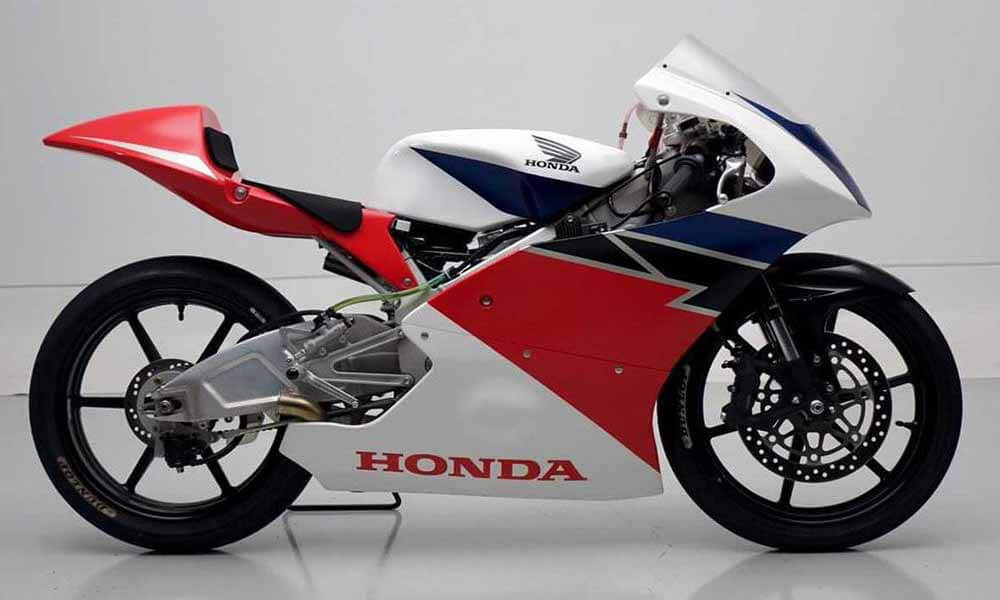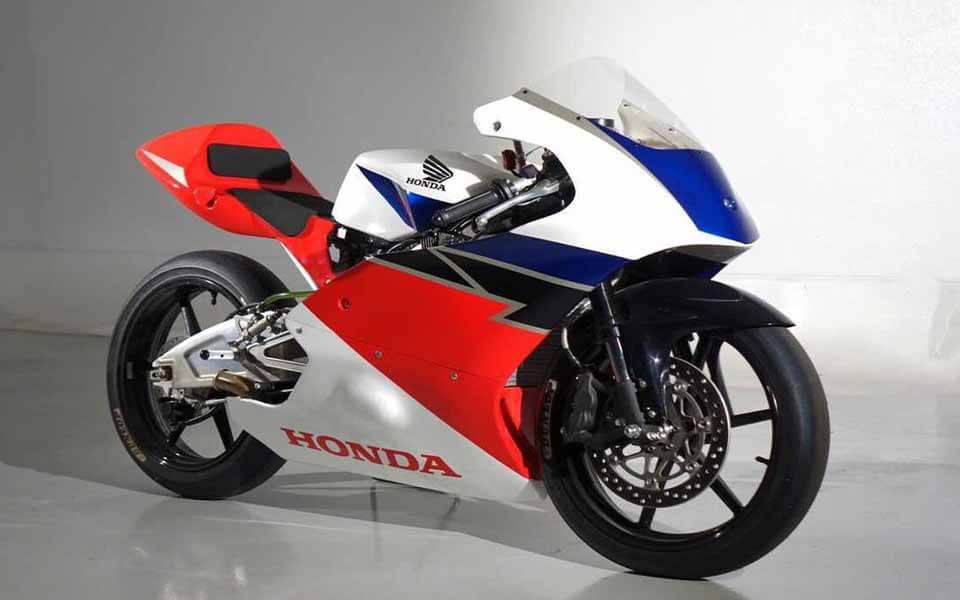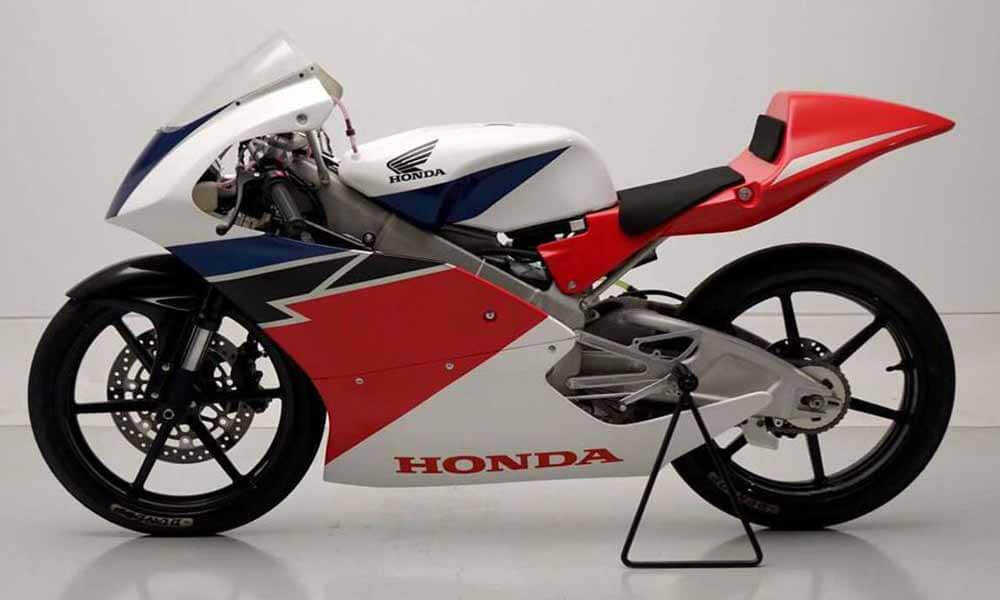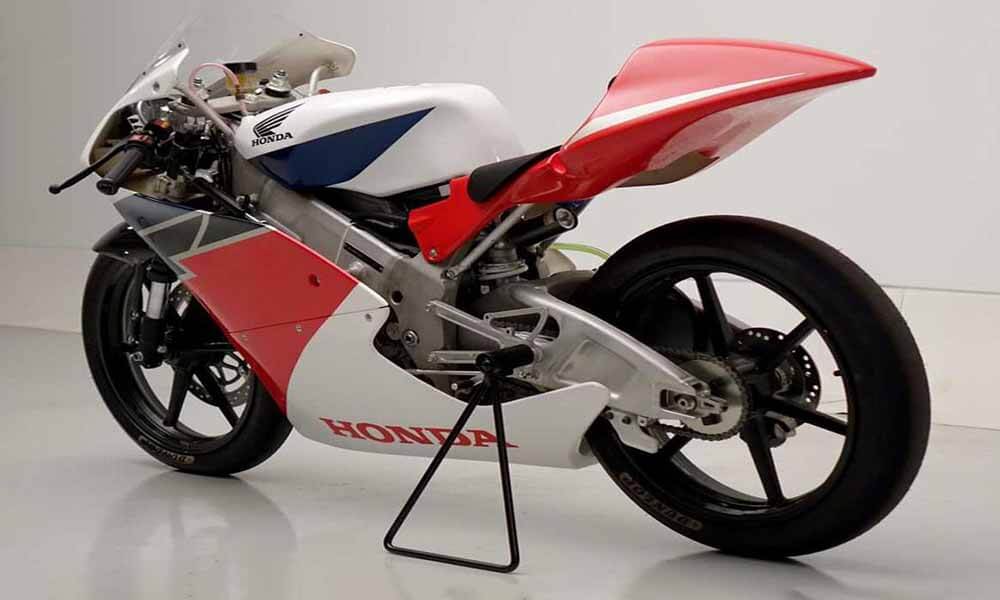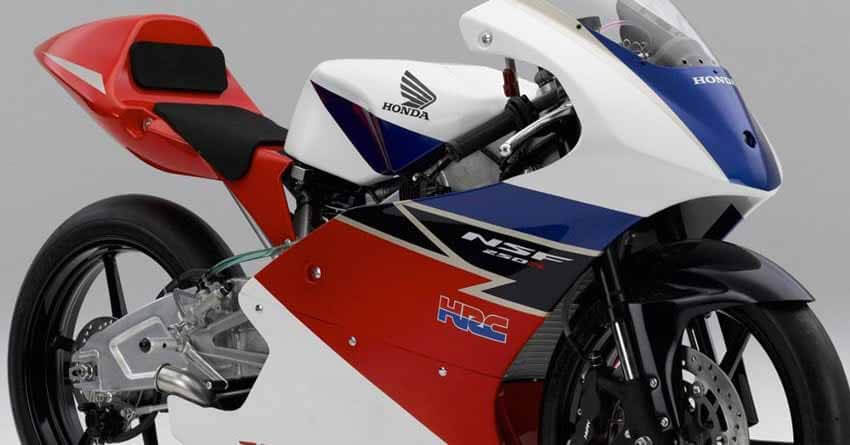250cc Top Speed Motorcycle, how fast can a 250cc Motorcycle go? Today’s fastest 250cc street motorcycles like the Kawasaki’s Z25R, Honda CBR250RR, Yamaha R25 and KTM RC250 can reach top speeds of between 112 mph (187 km/h) and 115 mph (190 km/h). The typical 250cc road bike has a top speed of between 85 mph (137 km/h) and 95 mph (144 km/h)
There are many factors to consider beyond the engine size alone. One of the major features riders look for when choosing a motorcycle is the cubic capacity or cc size of the engine. It refers to the volume of the motorcycle’s cylinder in cubic meters and is directly proportional to the power output per cycle. Currently, the cubic centimeter displacement of motorcycles ranges between 50cc to 2300cc and is one of the key factors determining the speed of a motorcycle. However, larger engines don’t always mean a higher top speed as other factors also affect the top speed of your motorcycle.
A 250cc motorcycle’s top speed ranges between 70 mph and 110 mph depending on bike type, engine specifications, riding environment, bike condition, and motorcycle and rider’s weight. And for a higher top speed, you can change the sprockets, ignition mapping, fuel injection, and add an aftermarket exhaust, etc.
Are you considering buying a 250cc motorcycle? If so, you must be wondering how fast it can go. This post will give you an in-depth understanding of 250cc motorcycles and seeks to explain their top speed and why your 250cc motorcycle might fail to attain the expected speed. Read on to discover this and more.
How Fast Can A 250cc Motorcycle Go? 250cc Top Speed Motorcycle, Today It is Very Fast
On average, the 250cc motorcycles in the market can easily attain top speeds of 85 mph. Some 250cc road legal bikes will go as fast as 130mph. However, the top speeds of motorcycles differ depending on the bike and engine type because engines create power differently.
Bikes designed for sports activities are much faster than dirt bikes, cruisers, and naked bikes of a similar engine capacity. For instance, a 250cc road racing motorcycle, like those used in the FIM Moto 3 World Championships, has top speeds of over 150 mph. Also, the Honda NSF250R has a maximum top speed of 155 mph (250 km/h).
You might want to know that there are three different types of motorcycles speeds which include:
-
- Acceleration: refers to how fast a bike reaches a higher speed within a given distance.
- Top speed: referring to the bike’s maximum speed.
- Cornering speed: the maximum speed the motorcycle can go around a corner
All the above speeds of a motorcycle depend on other factors, including:
-
- Size of motorcycle
- Weight of motorcycle
- Bike’s condition
- The road conditions
- Rider skills or experience
- Type of motorcycle
- Weather conditions and environmental factors
Motorcycles in the market differ in design, features, purpose, and usage. As a result, bikes of the same cc might have different acceleration and top speeds. Also, there is always an opportunity for after-sales modifications that can boost a bike’s performance by increasing its power. In such cases, 250cc bikes can attain higher top speeds.
Ideally, a street-legal 250cc bike has a top speed of at least 90 mph, and with an upgrade, the speed can go up by approximately 50kmph.
250cc Top Speed Motorcycle, What Makes It Fast?
As we saw earlier, bikes with the same engine capacity might have different top speeds. In this section, we will help you better understand the 250cc bike’s top speed based on the underlying factors.
The Number of Engine Cylinders Can Be a Factor
Motorcycles can have a different number of cylinders: single cylinder, twin cylinder, and quad cylinder.
Single Cylinder
Single-cylinder bikes are designed with one-cylinder engines and are often off-road bikes, dual sport bikes, and super motards. The bike’s structure matches the riding style, and single-cylinder motorcycles produce power through the entire rev range. In most cases, their top speeds are lower than twin and quad cylinder bikes.
Twin-Cylinder
Twin-cylinder or two-cylinder bikes produce power in the mid-rev range and are often dual sport and naked bikes. These engine designs are often ideal for beginner riders, with most 250cc bikes in this category.
Quad Cylinder
These designs have four cylindered engines and are often super sport and naked bikes. The power of the quad-cylinder engine is on the upper end of the rev range. Most four-cylinder engine motorcycles are 250cc. Overall, a twin-cylinder 500cc motorcycle might not produce higher power than a quad-cylinder 250cc bike.
2-Stroke and 4-stroke Engines
Motorcycles apply two or four-stroke technology in igniting fuel to produce power.
- 2-stroke engines are simpler as they complete their power cycle through two cycles: compression and combustion. They require less maintenance, are lighter, and accelerate faster
- 4-stroke engines are meant for heavier bikes and apply four motions: intake, compression, combustion, and exhaust. Also, they produce less noise and are easier to maintain.
A two-stroke engine produces more power than a four-stroke motorcycle of the same capacity. For this reason, most two-stroke 250cc motorcycles produce more power and a higher top speed than a 250cc four-stroke motorcycle.
The Ratio of Power to Weight
Heavier motorcycles require more power than lighter ones for the same speed. Another factor to consider is the rider’s weight, which adds to the bike’s weight. For this reason, heavier bikes like cruiser motorcycles will have more horsepower but a lower top speed than a lighter bike with the same horsepower or lower.
Gear Ratio
Bikes gears are designed with the rider’s style in mind for the best acceleration at different speeds. To achieve this, they choose gear ratios for specific top speeds depending on the type of bike and its expected top speed. For instance, having a higher-speed gear for a low-speed bike would lead to slower acceleration.
Also, one-cylinder bikes are often low-speed bikes with standard gear for a low speed and increasing the power would not accelerate the bike past this speed limit. In such a case, the bike’s top speed can be altered by changing the gear. Since most riders will never ride at the top speed, they would rather alter the bike to increase the acceleration and lower the top speed by changing the number of fronts and rear sprockets teeth.
Wind Resistance
Wind creates more air resistance when riding, reducing a bike’s top speed. Larger bikes have a larger surface area, which increases air resistance. Some designs apply aerodynamic technology to counter wind resistance and increase speed.
Rider’s Skill
An experienced rider is more likely to apply their skills and maneuver the bike to achieve the top speed. The rider’s familiarity with the motorcycle is also a major factor.
Bikes Condition
Regularly serviced bikes are more efficient and have good acceleration and a higher top speed than bikes with mechanical problems.
Advantages of 250cc Bikes
- Nimble, agile, and great handling
- Easier to maintain
- More manageable for beginners
- Affordable
- Easier to maneuver on difficult terrain
- They are often lightweight and easier to lift when they fall.
Final Thoughts:
250cc bikes are comfortable and more versatile for riders with different needs. There are many 250cc bike models with varied top speeds and other specifications. A combination of factors defines the top speeds of motorcycles. Thus, it is difficult to generally place a value on the top speed of a 250cc motorcycle.
Information for this article was partially sourced and researched from the following authoritative Government, educational, corporate, and nonprofit organizations:
About the Author:
Michael Parrotte started his career in the motorcycle industry by importing AGV Helmets into the North American market. He was then appointed the Vice President of AGV Helmets America, total he worked with AGV Helmets for 25 years. In addition, he functioned as a consultant for KBC Helmets, Vemar Helmets, Suomy Helmets, Marushin Helmets, KYT Helmets, and Sparx Helmets.
In 1985, He is the Founder of AGV Sports Group, Inc. cooperation with AGV Helmets in Valenza Italy
Click here for LinkedIn Profile: https://www.linkedin.com/in/parrotte/
Click here for complete AGV Helmet & AGVSPORT History https://agvsport.com/michael-parrotte
Click here for all AGV Sports Group Social Media information http://agvsport.info/
FM/GM

